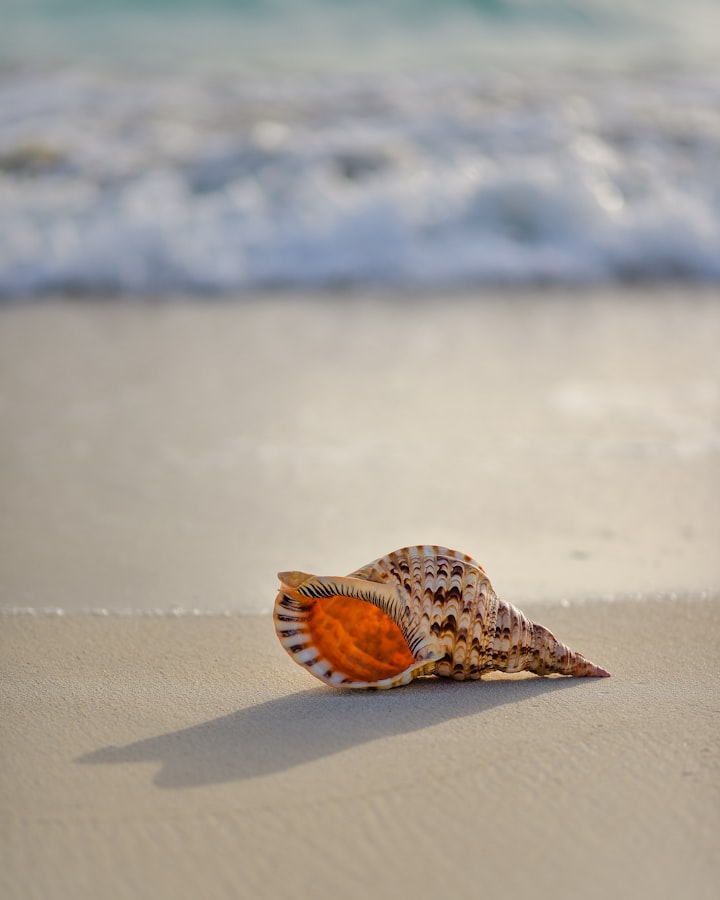Sea shells have long fascinated people around the world, from ancient civilizations to modern beachgoers. These beautiful objects, often found on the sandy shores of oceans and seas, come in a wide variety of shapes, sizes, and colors. In this article, we will take a closer look at sea shells, exploring their history, biology, and significance.
What are Sea Shells?
Sea shells are the hard outer coverings of marine animals known as mollusks. These animals include snails, clams, oysters, and mussels, as well as others. The shells serve as a protective shield for the animals, helping them to stay safe from predators and the elements.
The shells are made up of calcium carbonate, a mineral that the mollusks produce themselves. As the animals grow, they add more and more material to their shells, creating the unique shapes and patterns that we see.
History of Sea Shells
Humans have been fascinated by sea shells for thousands of years. Ancient cultures around the world used shells for a variety of purposes, including as tools, currency, and jewelry. The ancient Greeks and Romans were particularly fond of shells, using them as decorative items in their homes and public spaces.
During the Age of Exploration in the 16th and 17th centuries, European explorers brought back shells from their travels to distant lands. These shells helped to fuel a craze for shell collecting, known as conchology. Many collectors amassed vast collections of shells, and some even wrote books and scientific papers on the subject.
benefits
Sea shells have numerous benefits, ranging from practical to aesthetic. Here are some of the most notable benefits of sea shells:
Decorative Use: One of the most common benefits of sea shells is their decorative use. Shells come in a wide variety of colors, shapes, and sizes, making them ideal for adding a natural and unique touch to home decor. They can be displayed in glass jars, used in tablescapes, or even used to make wreaths or other crafts.
Spiritual Significance: Many cultures around the world view sea shells as having spiritual significance. They may be used in religious ceremonies, or as talismans to bring good luck or ward off negative energy. For example, the conch shell is an important symbol in Hinduism and Buddhism.
Souvenirs and Gifts: Sea shells are often collected as souvenirs from trips to the beach, and they make great gifts for friends and family members. They can be a reminder of a special place or time, and they are often appreciated for their natural beauty.
Biology of Sea Shells
Sea shells are an important part of the biology of the animals that produce them. The shells provide protection from predators and physical damage, and they also help to regulate the internal chemistry of the animal. The shells can be porous, allowing water and gases to pass through, which helps the animal to maintain proper oxygen and carbon dioxide levels.
The shape and color of a shell can also provide clues about the animal that produced it. For example, a long, spiraled shell may indicate that the animal is a snail, while a flat, round shell may indicate that the animal is a clam.
Significance of Sea Shells
Sea shells have long held cultural and spiritual significance for people around the world. In many cultures, shells are associated with the ocean, which is seen as a symbol of life and creation. Shells are also often associated with fertility, as their curved shapes are reminiscent of the female form.
In some cultures, shells are used in religious ceremonies or as talismans. For example, in Hinduism, the conch shell is a symbol of the god Vishnu, and it is often used in rituals and prayers. In some Native American cultures, shells are used as instruments in music and dance.
Conclusion
Sea shells are fascinating objects that have captured the i
maginations of people around the world for centuries. They are not only beautiful and intricate, but they also play an important role in the biology of the animals that produce them. From ancient times to the present day, sea shells have held cultural and spiritual significance for many people, and they continue to inspire awe and wonder







Comments
There are no comments for this story
Be the first to respond and start the conversation.